The State of Estates
Posted on Oct 31, 2016 in Antique | Comments Off on The State of Estates
Women are like cars, we all want a Ferrari, sometimes want a pickup truck, and end up with a station wagon – Tim Allen
Not long ago, I discussed the evolution of the modern estate car (station wagon as we call it in the US) in an article called “Taking Aim at the Shooting Brake.” In it, I highlighted some of the coolest examples of estates ever created, and made the naïve statement that we may be seeing a lot more of this body style in the future. I could not have been more wrong if I had said that we would see the rebirth of Nash or Tucker.
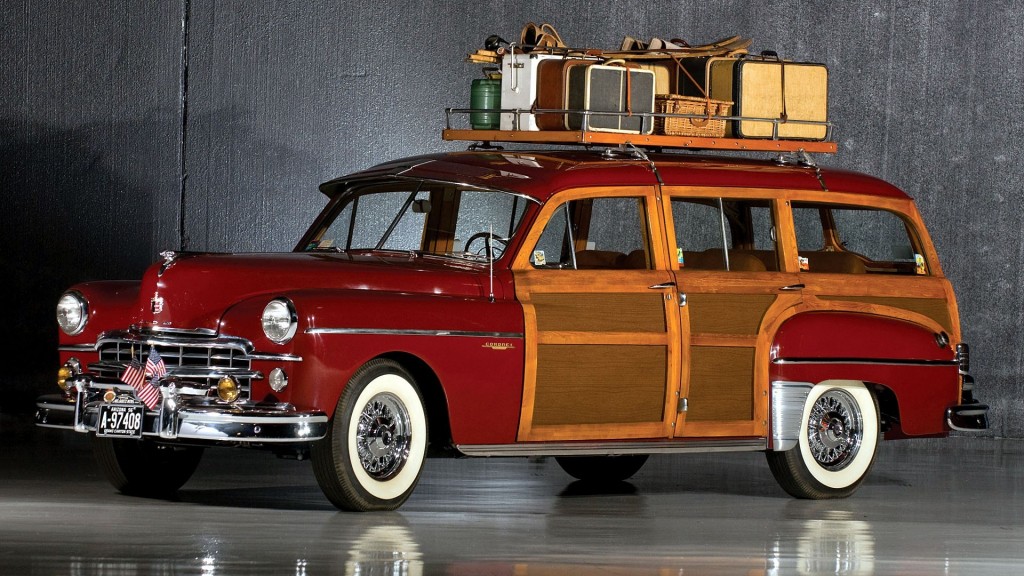
Station wagons have become as rare as the Blue Maltese Tiger. In the US, there are only 8 classical styled wagons on sale, and only one, Cadillac is made by an American manufacturer. The station wagon was once a staple of American culture, a workhorse in the automotive landscape. Every middle class family owned one, and it was as dependable, loyal and helpful as a Golden Retriever.

Unfortunately, American tastes changed and it has become time for us to put down our old friend. Now that we have moved on to SUV’s and crossovers, we should give the wagon the dignity it deserves and just decide to stop making them. Having them hang on any longer would be like keeping that Blue Maltese Tiger in a poorly run zoo. The wagon was good to us, and we should treat its demise with respect.
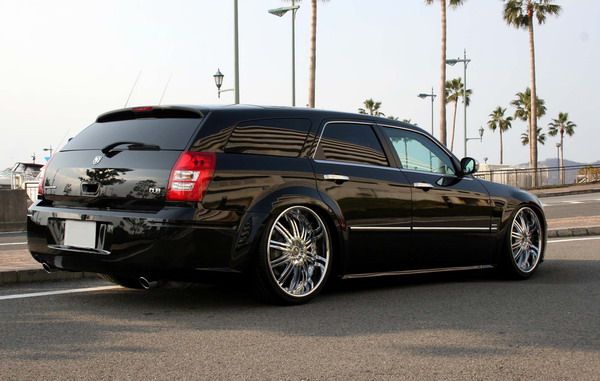
The problem is not that wagons became uncool; they never were cool to begin with. They were utilitarian, and gained their cache solely on how they performed. There were exceptions of course. The Dodge Magnum was probably the coolest of recent station wagons, and a car that Dodge should have never let go. But sales declined because America is fickle. European estate cars are still doing well, and Mercedes, BMW, Volvo and Audi continue to make estate cars a mainstay of their lineup. What happened in America?
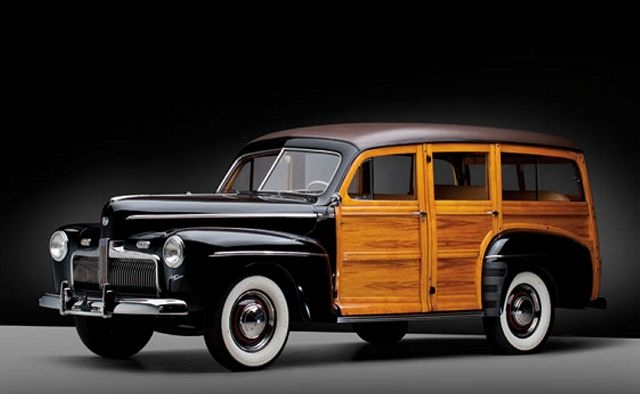
Americans were trending towards large SUV’s for at least the past decade. When gas prices rose, that trend started to wane, and automakers responded with the dreaded crossover. Americans didn’t seem to need more space to carry things, as most of the standard wagons offered plenty of space. Americans just wanted to rise up above the common man and tower over lesser mortals in their humungous Hummers. It was ego that killed the station wagon.
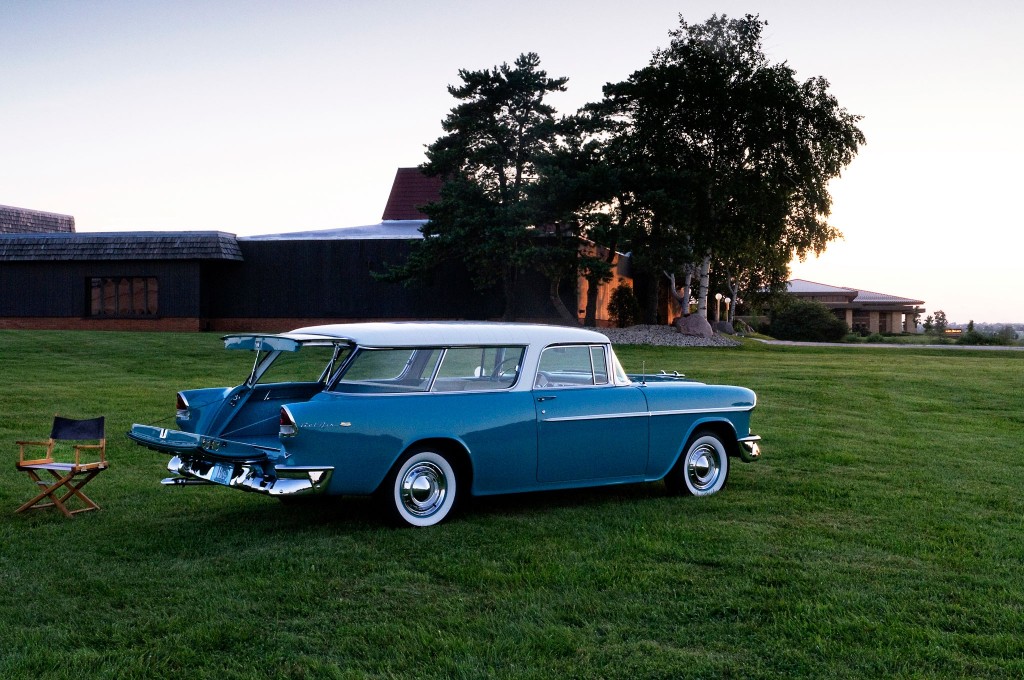
Wagons gained notoriety in the 1950’s with the introduction of the Chevy Nomad. The Nomad was a sporty two-door station wagon based on the Bel Air. Though it turned out to be a flop, it was the first wagon to really turn heads. Throughout the 1950’s and 60’s the increase in the middle class, and the suburbanization of America meant that Mom needed her own car. With 2.5 children, a dog, and a house far from the shopping mall, that car eventually became the wagon. Models were sleek and boring at the same time. They ranged from the size of a gun boat, to an Iowa class Battleship, right up to the monstrous Nimitz class aircraft carrier.
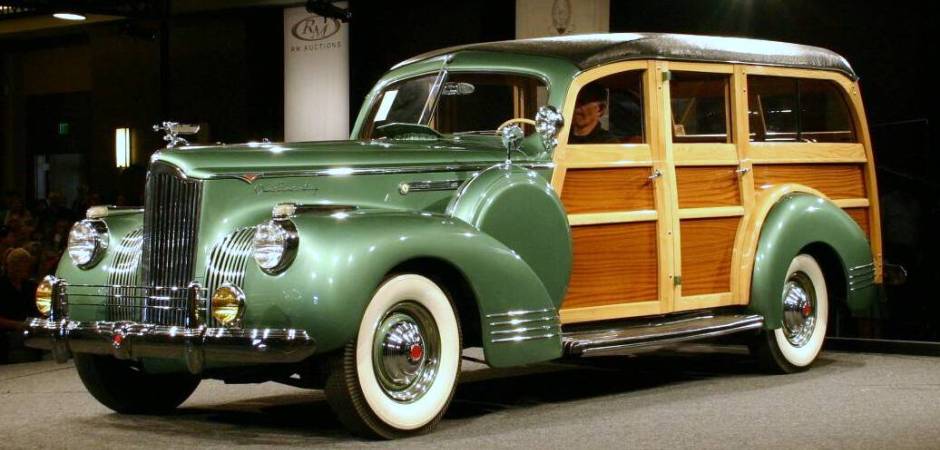
My favorite wagon is always the Woodie. Woodies were popularized in the era of the Beach Boys. They became the icon of the California Surfer scene, and remain extremely popular classics even today. For me they remain the classic 1940’s mode of backwoods transportation…a kind of Norman Rockwell vision of what a car should be. It was the car you would imagine being used to pick up Bogie and Bacall when their Lockheed Constellation landed, driving them to some Vermont hotel in the mountains. The polished wood framing and plywood inserts look beautiful on a car, and I still think every vehicle should be equipped with a wood beamed ceiling. These cars brought the boring station wagon into the realm of art.
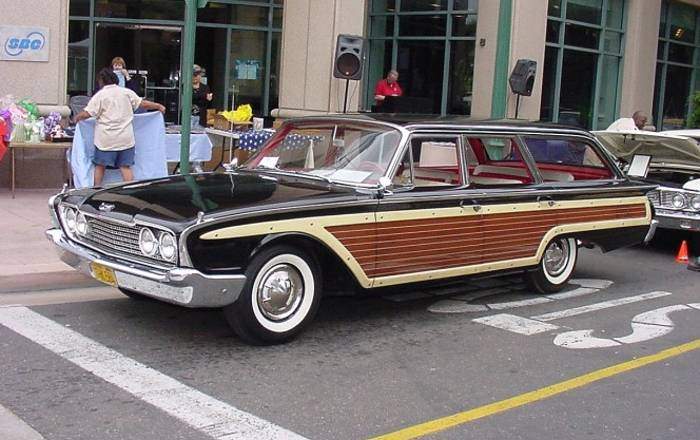
In the 1960’s, the wagon became more of a family member than appliance. The Ford Country Squire and Chevy Kingswood were the more popular wagons, and the acres of fake wood applique that could be seen at the local mall was staggering. I can remember more than a few memories of sitting in the rear facing seats, watching the exhaust roll in through the open rear window. They were not the safest cars ever made, but I suppose none were back then.

By the 1970’s the wagon had morphed into something more along the size of the family’s ranch house. The B-Body Oldsmobile Custom Cruiser was one of the largest production vehicles ever made. From the back, the clamshell rear door made it look like a whale scooping up krill, and from the side, the amount of fake wood used matched that of a medium sized forest. They were the Megalodon of the automotive world, cars so big that the children riding in the rear facing seats would be 20 feet away from the driver; a fact that made them perfect for long trips.
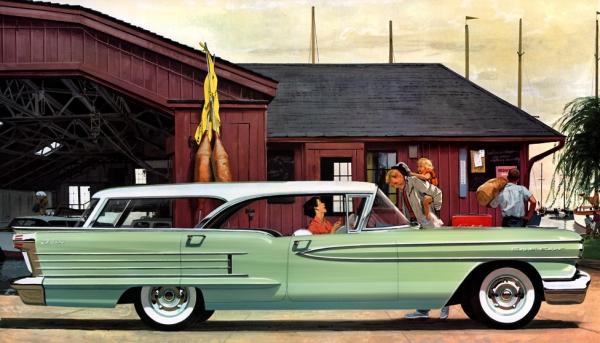
I would guess that the downsizing of the America wagon signaled the end. Volvo continued to carry the flag, along with the depressing Toyota Camry wagon, but eventually the inevitable happened. People stopped buying wagons and manufacturers here stopped making them. Today we still have the upscale estate cars of Mercedes and Audi, the awkward but peppy Cadillac CTS Sportwagen and the low budget VW Jetta. The saddest part is that I am sure a growing number of young people have never ridden in a station wagon, or at least a big one. Eventually, I think that the large wagons of my youth will replace the novelty steam trains at places like Disneyland. The Megalodon of the automotive world will live only in museums. It will be a sad end to a trusted friend and companion.





.gif)

